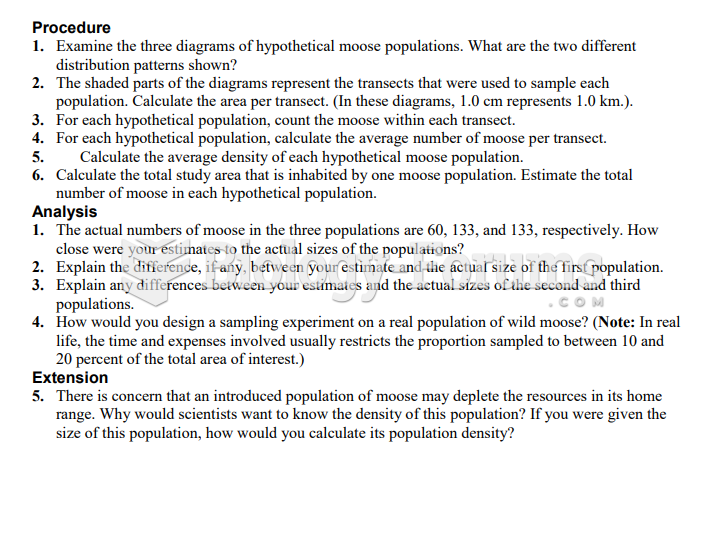Answer to Question 1
Supporting evidence (a few examples).
The developed countries became developed by, first, exploiting their native resources, and,
second, by exploiting resources from abroad as their own diminished. Currently, the
developed nations constitute about one-third of Earth's population (this is down from a
much larger proportion a century ago). The exports of underdeveloped countries support
the lifestyle in the developed countries.
Real estate developers get rich from developing property. As Jared Diamond explains in
great detail in his book Collapse, such development in Montana led to a lesser quality of
life for those who had originally lived in the Bitterroot Valley. This is broadly true in most
communities. Growth does not bring additional resources to most families in a growing
community; the newcomers are being subsidized by the current inhabitants. This is certainly
true in Delaware, Ohio, where I live.
Many communities desired military bases because of the jobs they would bring. One of the
difficulties cited by the 2005 base-closing Commission is the need for expensive measures
to clean up the environment in the wake of base closings. This cost can outweigh any
savings from closing the bases.
Contradictory evidence (a few examples).
The growth in European population following the Black Death (which killed about one-third
the extant population) led to the Renaissance. Some attribute this to the rise in per capita
possessions after so many died.
The peopling of the Americas by immigrants from Europe benefited the immigrants at the
expense of the indigenous peoples. In this case, the existence of copious natural resources
unutilized by indigenous inhabitants supported the development of modern American
society.
The same could be said about the immigration from Europe and Asia to Australia.
Of course, in all cases cited, the resources are finite and growth stopped or will stop.
Answer to Question 2
This is definitely not the case. The wastes are dangerous for many tens of
thousands of years, which is why they need to be sequestered in places such as Yucca
Mountain.







